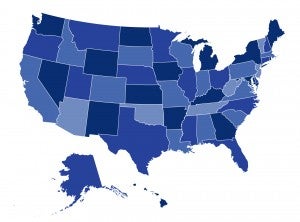State-Based Marketplaces Look for Financing Stability in Shifting Landscape

State-based marketplaces created under the Affordable Care Act are contemplating their financial sustainability now that federal grant dollars are no longer available. In their latest blog post for the Commonwealth Fund, CHIR researchers examine the range of state approaches to generating revenue and trimming budgets.


